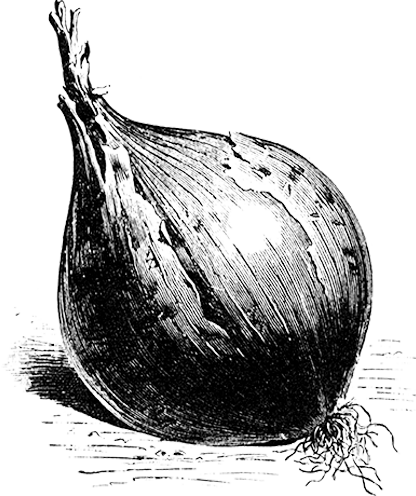Sweet Pepper
Capsicum annuumThe origin of all these sorts was one single plant from Central Bolivia. Already in 7000 BC there were descendants from this plant almost everywhere in South and Central America. 2000 years later both Hot Peppers (Chilli) and the large fruits of Sweet Peppers were grown to very great extent. Some researchers no longer consider Columbus to be the one who brought both sweet an hot peppers to the old world. They were grown in large parts of Asia several thousand years ago and probably arrived from across the Pacific in one way or another. The peppers arrived early in Europe from the Middle East.
Discoveries in the ruins of a convent at Lund show that Hot Peppers had come to Sweden already in the 1200s. The thick-walled, milder Sweet Pepper arrived a little later and was named in Hungary 1569. It is preferable to grow Sweet and Hot Peppers under protection, hot beds or green houses. Cultivation outdoors could succeed if the weather is good and the place favourable. They are affected by frost and need a lot of heat to develop well, but in temperatures above 30C, germination is poor and the plants may loose their flowers. Please air and shadow the green house if it is too hot. Peppers grow best in warm soil rich in humus with sufficient access to nitrogen and phosphorus and in the pleasurable company of Basil and the onion family. Allow the plant to develop 3-4 branches.
The Sweet Pepper can also be bound up like a tomato plant in a green house and grow 2-3 m tall if sown really early. Prune down to 2-3 branches and fasten them along hanging wires. Harvest successively!
SOWING: Read in the chapter on tomatoes on sowing and growing seedlings. Sweet Pepper can however be sown a little earlier and prefers a warmer place especially during the night.
SPACING: 30-50 cm between the plants.
HARVEST: The fruits are sometimes harvested green but are not fully ripe until they turn red or yellow, orange and brown for some sorts. The plants get new fruits as long as they are harvested. Hot Peppers (Chillies) can also be harvested unripe, but develop their taste more as they ripen. Sun and heat are also important to get really potent chillies.
SEEDS: 100-150 seeds/g, one portion yields 10-15 good seedlings, about 10 g for 1000 seedlings.
Is a very early and hardy pepper from Hungary. We are always searching for fast peppers...
More info →Jublianska is a traditional, very early paprika from Slovenia. It is classified as a bell...
More info →We have grown Korosco for several years and it has never disappointed us. It produces...
More info →Ripens early with beautiful, shiny, conical fruits. They are heavy, about 12 cm long,...
More info →A rare Hungarian pepper with flat-round, slightly ribbed fruits, The shape resembles a...
More info →Our Italian friends were quite excited when theydiscovered Cornetto growing in...
More info →Was named for its mild, sweet taste and juicy flesh, 8-10 cm long turning red as it...
More info →Somborckina from Kosovo has compact growth and produces unusually many fruits. They...
More info →Typical shop-bought peppers with plump, broad and relatively short fruits. Almost all...
More info →Well known and popular medium-early paprika from Hungary. The plant, which is steady and...
More info →Powerful, blunt-nosed, bright red that easily grows to over 20 cm long with good flesh....
More info →Note! We want to be able to offer the variety, but unfortunately we’ve had a lower than...
More info →Cubo Orange has delighted us for years with its shiny orange fruits. They are plump and...
More info →Is an improvement on the well-known California Wonder from the 1920s. It has large,...
More info →We have grown it for several years and know it to be a reliable, mid early block pepper,...
More info →Is a traditional well-known pepper from Italy. This fruit is 3-roomed, a shiny deep-red...
More info →
